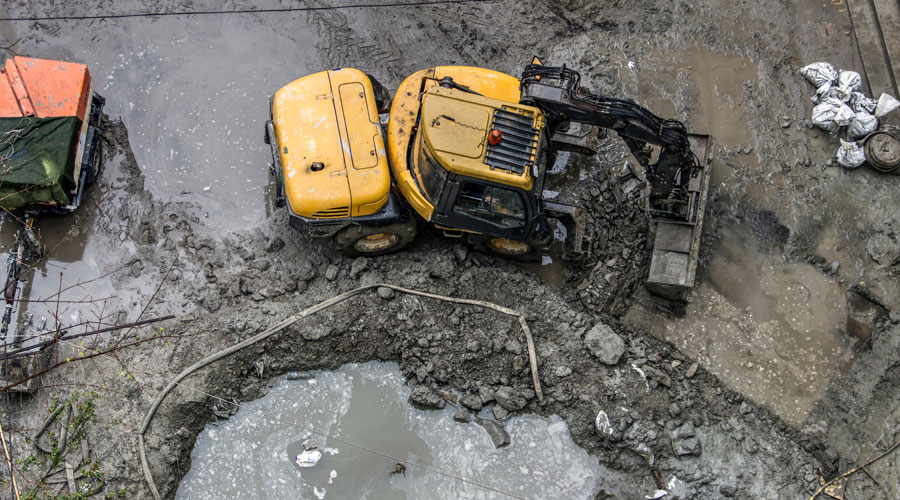
Preparing Construction Sites for Severe Weather
While extreme winter weather is common in Canada, catastrophic weather can occur in all seasons. Severe weather events may be more likely year-round due to the effects of climate change. Indeed, floods, droughts and major storms could cost Canada’s economy $139 billion over the next 30 years, according to a report by global engineering and architecture services firm GHD. Unfortunately, severe weather can be costly for construction projects in terms of both time and money. While the unpredictability of weather can make it difficult to safeguard construction sites entirely, several measures can reduce the risks the elements pose.
Before preparing construction sites, it’s important for employers like you to understand the types of severe weather that could be problematic. As such, consider the following preparedness tips for different conditions:
- Winter elements—Winter weather brings a unique set of risks to construction sites, even when conditions aren’t stormy. To protect workers from the safety risks of winter weather, clear any ice or snow from pathways and require all employees to wear slip-resistant safety footwear. Additionally, monitor temperatures to keep exposed water systems from freezing and provide warming stations and hot drinks to workers to help prevent cold-related illnesses or injuries.
- Strong winds—High winds can bring unwanted debris into construction sites, throw equipment around and, in extreme cases, even compromise the integrity of nearby structures. To prepare for strong winds, store and secure loose materials, equipment and signage, and brace framing and anchor walls to structural frameworks as soon as they are built. Furthermore, ask employees to avoid operating heavy machinery—such as cranes and lifting equipment—amid high winds.
- Heavy rain and flooding—Water can be one of the most damaging elements at construction sites. Sites with incomplete drainage may become flooded, and heavy rain can damage unprotected electrical equipment. As such, create and maintain temporary drainage systems in areas especially susceptible to flooding. Refrain from installing finished elements, such as flooring and drywall, until windows, doors and roofing have been waterproofed. If necessary, temporary roofing should be leveraged when the installation of permanent roofing is delayed.
Above all, it’s vital to prepare for all forms of severe weather by developing and educating employees about emergency action plans.
For more on construction insurance, or to find out how to reduce your insurance costs call CMB at 780.424.2727 or click here to get a quote.
